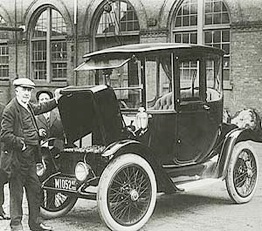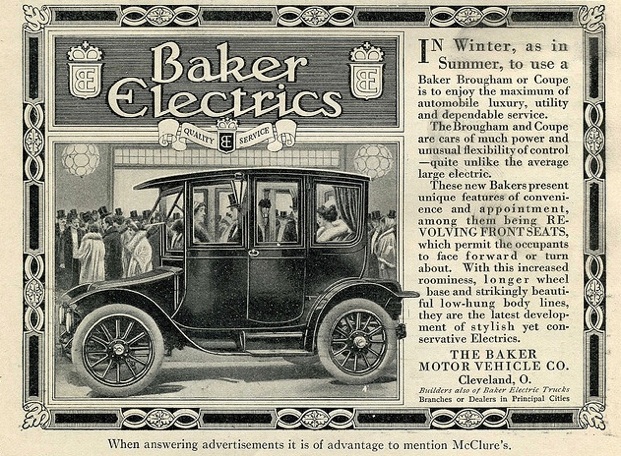The first electric car was invented in 1832. But by 1912 it became obsolete. Learn about EV history and the history of how Tesla Motors made the electric vehicle a reality again today.




A Brief History of EVs (Electric Vehicles)
EV History
TM



THE FIRST ELECTRIC CARS


Ironically, EV’s (electric vehicles) were invented in 1832! The first practical EV was built in 1835. These used regular batteries, so you couldn’t recharge them. In 1859, that changed when a french physicist invented the rechargeable battery. The first successful electric vehicle was built by William Morrison in Des Moines, Iowa. By 1895 a variety of different manufacturers exhibited electric cars in Chicago and four years later, the first electric taxi appeared roaming the streets of New York City.
So what happened? We started on the right foot creating and using a vehicle that would have change history as we know it. It wouldn’t have completely removed our carbon footprint, but it would have reduced it by a substantial amount. According to the EPA (Environmental Protection Agency), in 2006, 1/3 of all pollution was caused by gasoline-powered vehicles.
Gasoline-Fueled Cars Begin to Appear

By 1920 the electric car was no longer considered to be a practical vehicle. It’s range was limited compared to gasoline-powered cars and so was its horsepower. The rest is history.
Congress Gets Involved


EVs Attract Corporate America


EV1 Television Commercials
GM EV1 Recalled
An Informative EV1 Video
Edison admires an electric car


Copyright © 2012 TeslaRumors.com All rights reserved.


The Signature Model S is now Sold Out!
New Car Value Index Reveals Best Deals
The Signature Model S has a $3,550 Premium
Model S Options and Pricing Observations
Modei S Options may be disclosed on Dec 15
Tesla Reinvents the Car Buying Experience
Did I realy just buy a car online?
Tesla Opens 3 News Stores in Malls







TeslaRumors.com is not affiliated with Tesla Motors, Inc.
The Tesla Motors logo is a registered trademark of Tesla Motors, Inc.
TM
VISITORS
